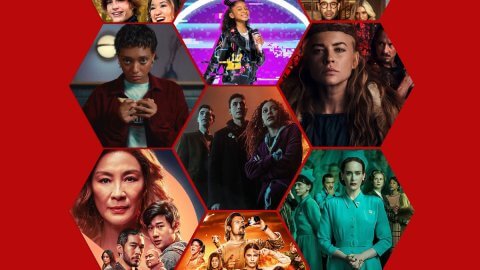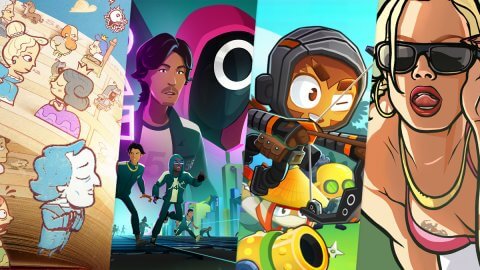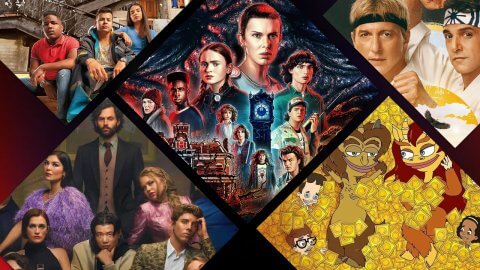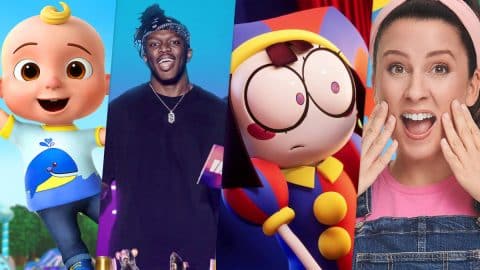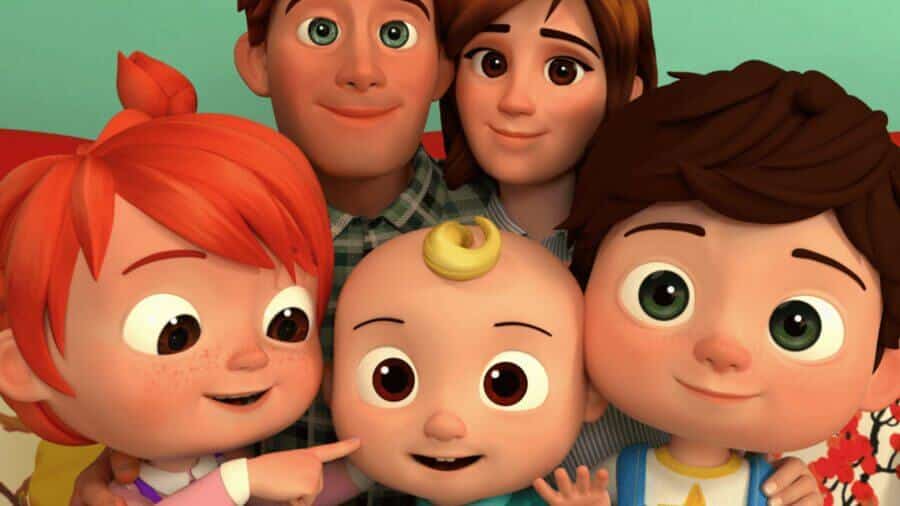
CoComelon – Picture: Moonbug Entertainment
In this latest entry from Emily Horgan’s series reviewing Netflix’s kids’ content strategy, Emily will be taking a look at how Netflix and YouTube are both competitors and allies in the kids entertainment space. You can find other entries in this series available here.
Netflix was once noted, in the kid’s content space, to behave as if YouTube didn’t exist. This was in reference to the measly footprint held by their content on the platform at the time. To set the scene, the YouTube Kids app had been out a couple of years and the platform was commonly accepted as a place where kids spent a significant amount of time. Ironically alongside this, Netflix had been namechecking the Google service as a significant competitor regularly. Co-production deals were known in the industry to have unworkable exclusivity limits in place.
Times have moved on since then. Their textbook, tech company, user hoarding ethos has evolved as they’ve become a true entertainment company. They’ve accepted that making a cultural impact requires engaging with viewers beyond their own platform. Conversations about content isn’t possible in isolation. This can be seen in their social media strategy driving a number of strategic audience segments, including geeks (NX), LGBTQ+ (The Most), Latinx (Con Todo), and Strong Black Lead.
What is Netflix Kids and Family activity on social media?
Children and families were, unsurprisingly, among the first segments carved. In late 2017 Netflix Family accounts sprung up speaking to parents across Facebook, Twitter, and Instagram. Alongside this, the Story Bots YouTube channel flipped to cover their pre-school content more broadly. It’s now renamed Netflix Jr. The Netflix Futures Channel also launched, to serve older kids. Credit where it’s due, the decision to eschew any reference to “kids” in the title of this one will ensure anyone aged 7+ is not instantly repelled.
Netflix’s YouTube strategies for kids shows over the past couple of years have also started to really pay off. The language-less, global appeal of Mighty Little Bheem sees it holding nine of the top 10 most viewed videos on the Netflix Jr YouTube Channel. Similarly, language limited Larva Island hits four out of 10 spots on Netflix Futures. Music strategies for the recently launched Julie and the Phantoms and Over the Moon are also cutting through. Song clips, karaoke versions, and “Every Song” videos are getting lots of views.
Content flows the other way too. Little Baby Bum was one of the first nursery rhyme YouTube channels to come to prominence. It currently has over 40 billion views on the platform and has been on Netflix since 2016. Masha and the Bear, a property that boasts the fifth most viewed video on YouTube ever, has also been a Netflix staple.
What about Cocomelon?
The most noteworthy entrant has been Cocomelon. This animated, nursery rhyme property is the most viewed English language channel on YouTube. It recently became the third channel to hit 1 billion subscribers. Shortly after being acquired by Moonbug Entertainment over the Summer, they launched on Netflix. Success thus far climaxed with a record-breaking streak in the top 10 charts, and strong US results recorded by Nielsen. Moonbug CEO, René Rechtman, claimed in October that it was the platform’s 3rd most-watched show in the US.
The format embraced by Cocomelon on Netflix is worth looking at. It follows the strategy of fellow Moonbug properties Morphle and Little Baby Bum. The short form ~3-minute duration native to YouTube is consolidated into episode lengths of around an hour. This negates parental guilt associated with “play next” decisions and cuts out the instant interest blip of credits. Another batch is scheduled for imminent release.
How much incremental audience is watching Cocomelon on Netflix that isn’t watching on YouTube? Does that even matter? The unquestionable upside is that a truly walled garden will give parents the confidence to let their pre-schoolers consume more freely. As Netflix embraced becoming an entertainment company, YouTube attempted to bury its head in a tech ethos that shirked the responsibility of young audiences. This culminated in significant fines levied by the FTC last year and associated platform changes that followed.
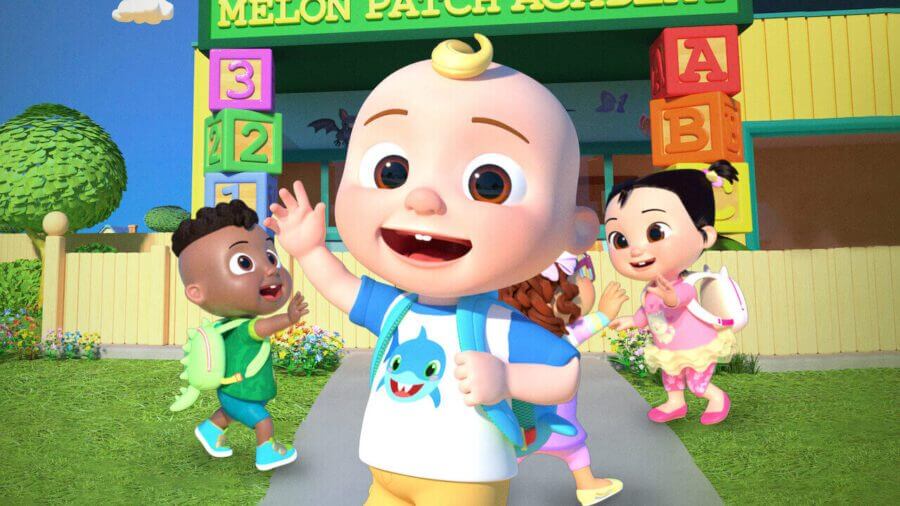
With the parental trust of YouTube subject to a constant rot, it’s no wonder that successful kid’s creators from the platform seek out alternatives. It’s a win-win, providing incremental revenue streams, whilst doing right by their audience. That altruism has the helpful strategic edge of gaining the approval of wallet holders, a win-win-win in the offing.
Does this activity impact YouTube? Despite the ongoing assertion that their platform is for ages 13+, a substantial footprint of their most successful channels is directly targeted at kids. By design or otherwise, they’ve been the leading, global VOD service for this audience for a long time. This is hyper-charged by their easy availability on any device with internet. Services like Netflix and Disney+ are rounding in on kid’s content as a key driver to subscriber retention. As they build to reach a huge, critical mass of users could they have the potential to disrupt this?

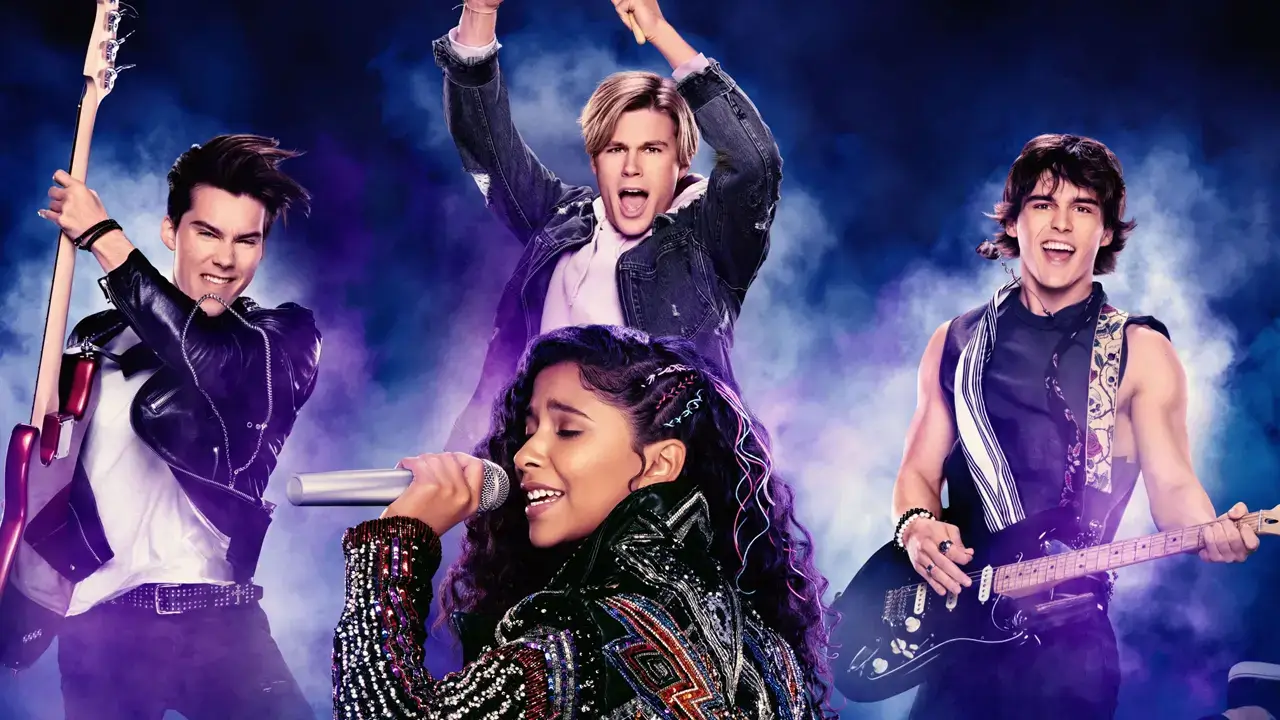
 Rating: TV-G
Rating: TV-G